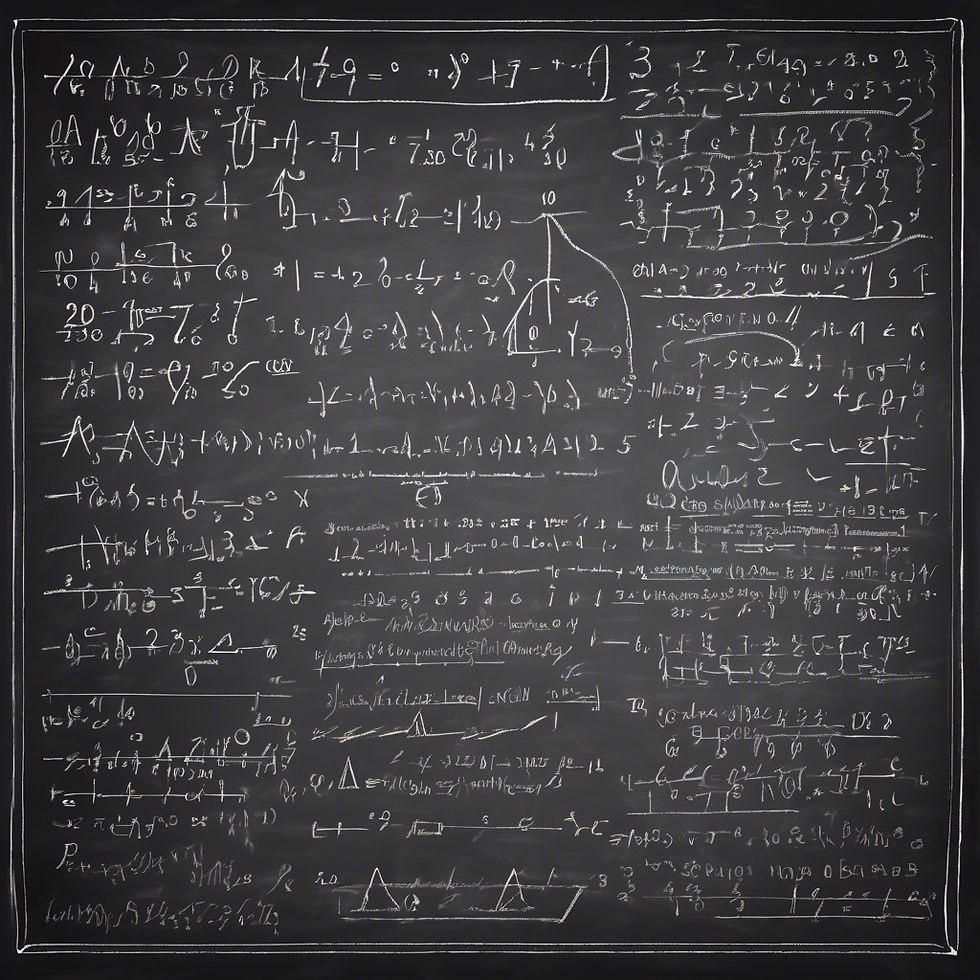Prime Numbers and Yang-Mills Theory
- Stephen Sharma
- Feb 26
- 1 min read
In recent work, General Physics has been coming up with a modification and expansion of the groups of Yang-Mills theory that describe the rotational dynamics and symmetries of fundamental particles. SU(2) and SU(3) electrons and quarks, respectively, are thought to be the primordial constituents of the universe. However, if string theory is correct, an N dimensional theory where Yang-Mills is extended to a larger number of dimensions will result in the modification of the standard zoo of particles. What is going to happen in our current research is an augmentation of the Pauli and Gell-Mann matrices to prime numbered matrices as these are the only non-degenerate rotational matrices evident in the workup developing a model of particles. Basically, if you can create symmetry from two rotations and three rotations, you generate a six rotational block. These images are represented in the Young Tableaux formalism being worked out in the current picture of Yang-Mills theory. In all likelihood, the primes hold the key to unlocking spontaneous symmetry breaking as they are a patterned set with unpredictable numbers. This is the primordial constituent of a random, turbulent asymmetry in Yang-Mills quantum mechanics. Although this research is in its early stages, it builds from nearly six decades of QFT, Yang-Mills, and string theory in the current paradigm of physics. Look for more posts on the subject later.


Comentarios